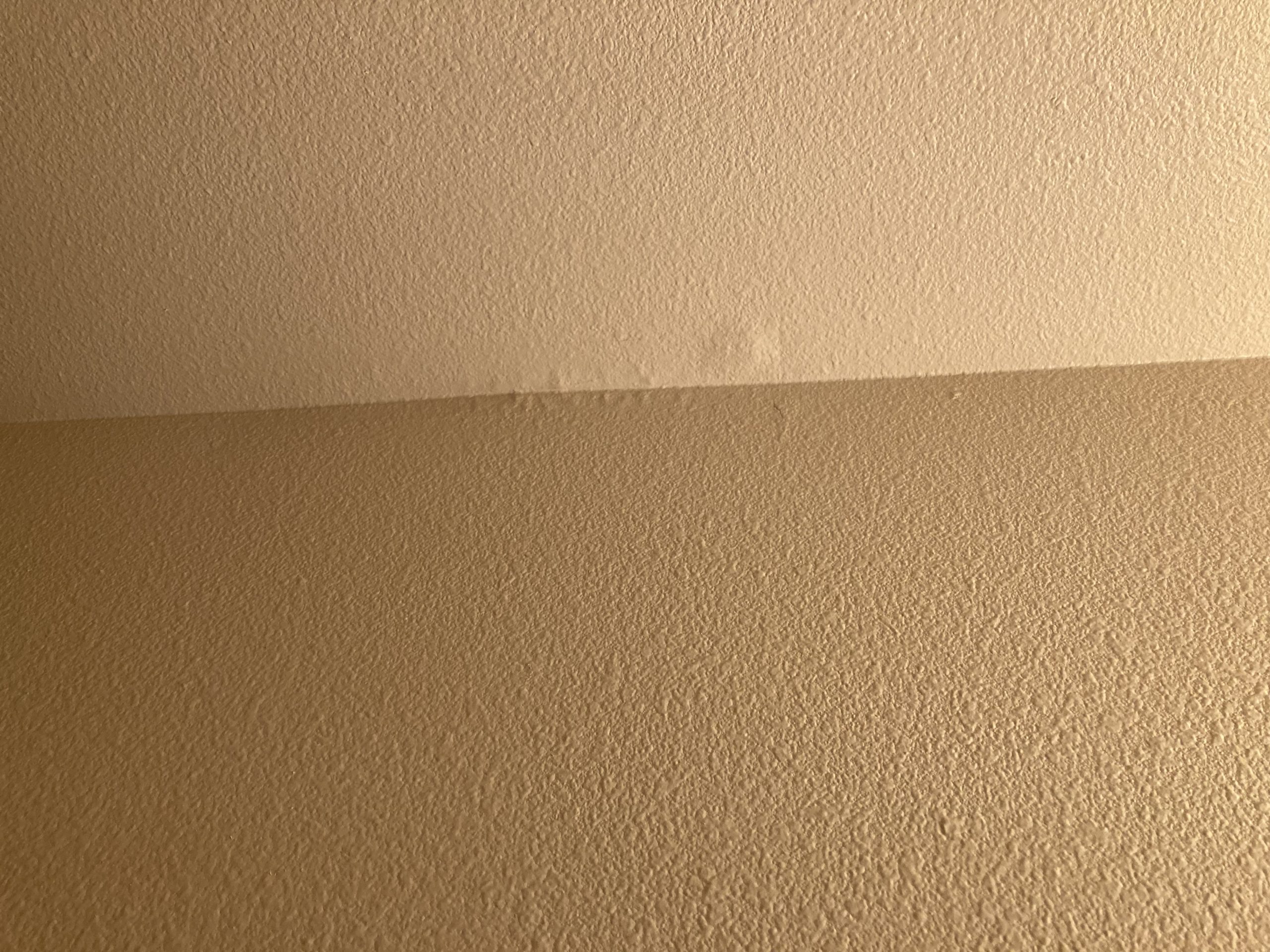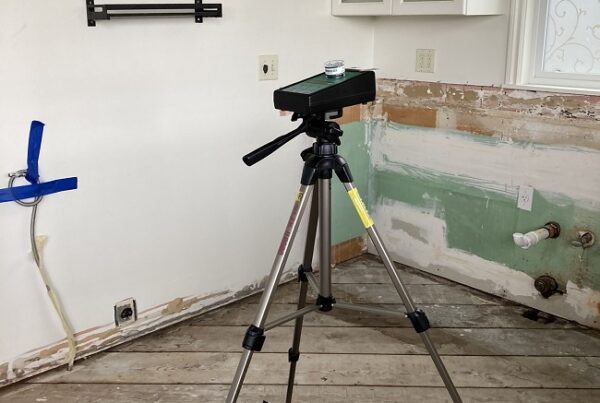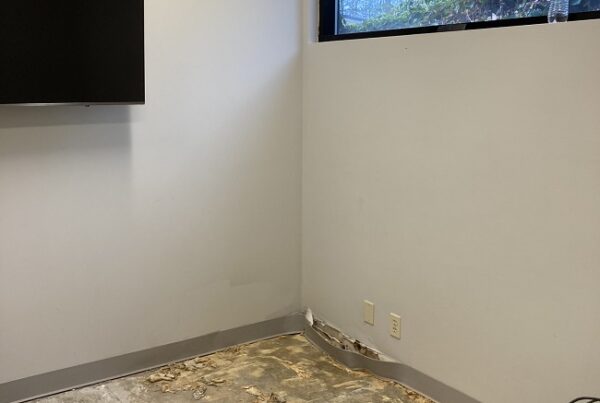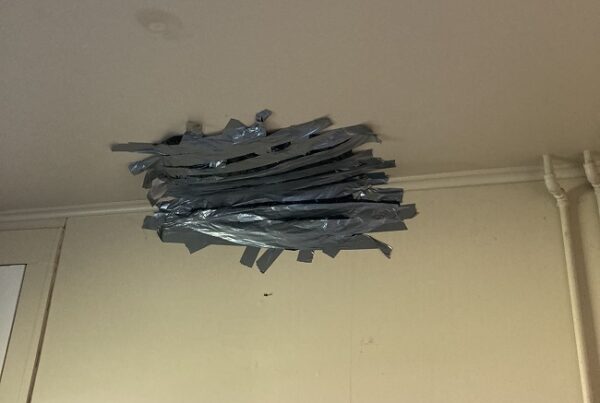
After getting a divorce and losing your shirt, you move into a bedroom in the basement of someone’s house. The room is dingy, damp, and has a musty smell, but rent is cheap, and you don’t see any signs of mold until you’ve lived there for a couple of months. It appears the landlord painted over the mold that is growing on the walls and ceiling to hide it. Worried about the impact on your health, you’re concerned. Is it okay to sleep in a room with mold?
The answer is yes and no. Here is what I mean: mold will always be present indoor and outdoor; it’s part of our ecosystem. However, the problem comes when the mold in that room is high enough to become a health hazard. Especially if it’s allergenic, pathogenic, and toxigenic. Allergenic mold will cause sneezing, coughing, itchy and watery eyes. Pathogenic mold spores can cause respiratory problems. Toxigenic mold can produce mycotoxins preventing your body from making proteins. So, you need to know the mold conditions in your environment to be sure you are not exposing yourself to unnecessary risk
How to test for mold
If you want to investigate the presence of mold in your house, there are several options. An often utilized opportunity to get a sample is by the direct method cut a 3 square inch piece and take it to a lab for examination. Whenever mold is not visible, it is practical to obtain an air sample using an electric pump. An air-o-cell cassette—also called a mold trap—is attached to the top of the pump to collect spores. Take a piece of the material with the visible mold and deliver it to a mold testing lab for analysis. Using a cotton swab or a portion of cellophane tape to get a sample of visible mold is also helpful, and there’s also a Petri Dish which you let sit out to collect mold spores that will then grow in the dish.
In a scenario with visible mold on the wall, obtain a direct sample by cutting a 3-inch square piece of the material and have it sent to a mold testing lab for analysis under Phase Contrast Microscopy—PCM or collect a sample by using a cotton swab or cellophane tape.
Mold testing cost
Getting mold tested is affordable today. You will pay between $50-$60 per sample for a test by an accredited mold testing lab in the US. Just do an internet search for a lab near you. Some also accept mail-in samples.
Mold testing lab near me
5 Microns Inc is a reliable mold testing lab in the Seattle, WA area offering next and same-day results as options. Contact 5 Microns Inc. at 425-440-8787. They also provide 24/7 drop-off and mail-in services and are open Monday to Friday from 9 am to 5 pm, and Saturdays from 9 am to 3:30 pm.
Where to send mold samples for testing
5 Microns Inc.
7100 Fort Dent Way #100
Tukwila, WA 98188
IMPORTANT-MUST READ FIRST: All mail-in samples must have a tracking number and include our general chain of custody form to be processed. If the chain of custody form is missing, your sample(s) will not be accepted and processed. Drop-offs MUST have the COC form inside your package but not in the sample bag. DO NOT MAIL YOUR SAMPLES BY FIRST CLASS MAIL. Send your sample(s) via USPS Priority Mail, UPS, and FedEx. It is essential to closely follow these directions so our asbestos testing lab can promptly process your sample(s).
Do not take your samples to the front desk. The front desk will not accept drop-offs over the counter, NO EXCEPTIONS!*PLEASE NOTE FOR ALL DROP-OFFS: All pieces must be dropped off at the back of the office building located at 7100 Fort Dent Way Tukwila WA outside the Tabor 100 Office and placed inside the black drop-box pictured below.

5 Microns Inc. Sample Drop Box



